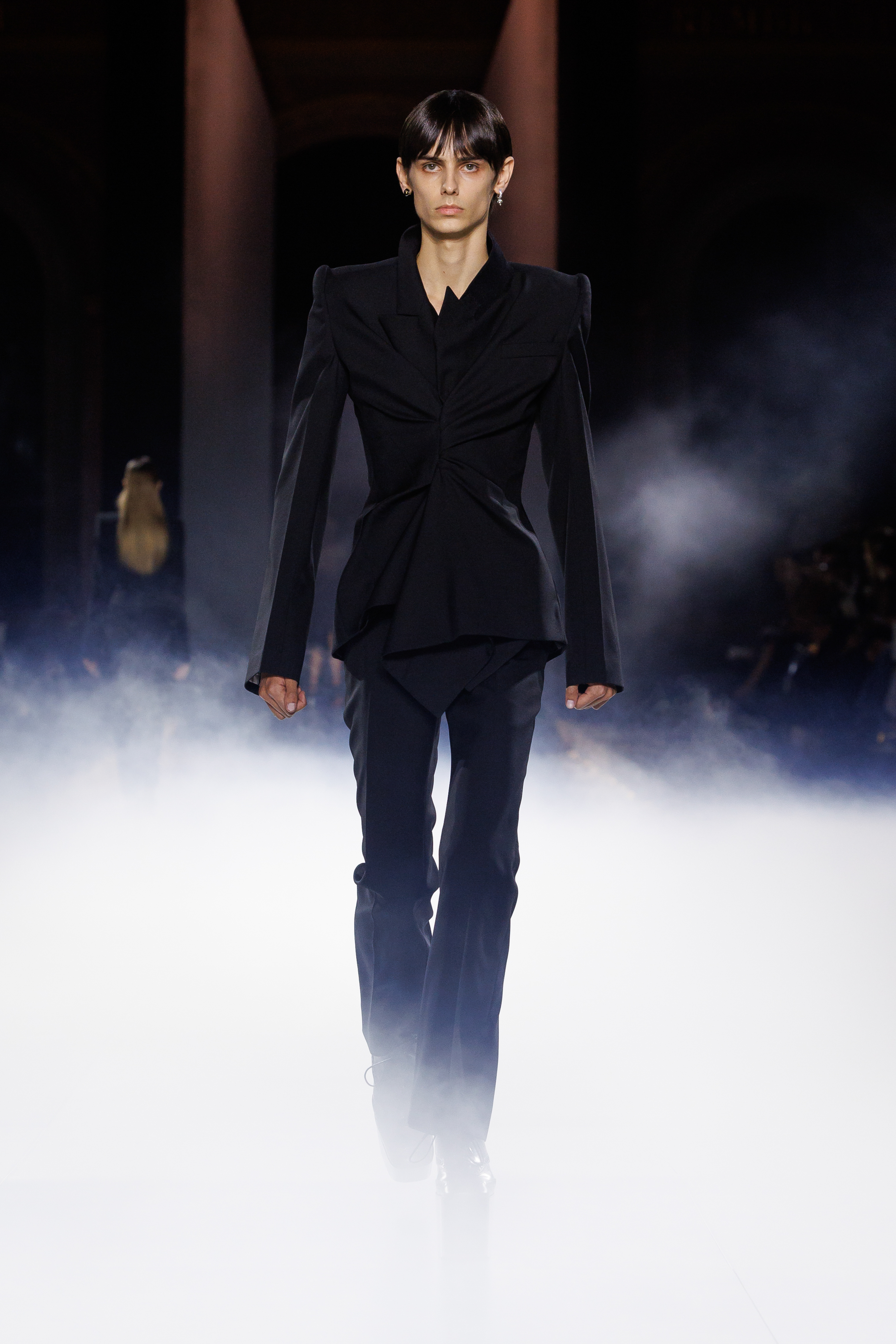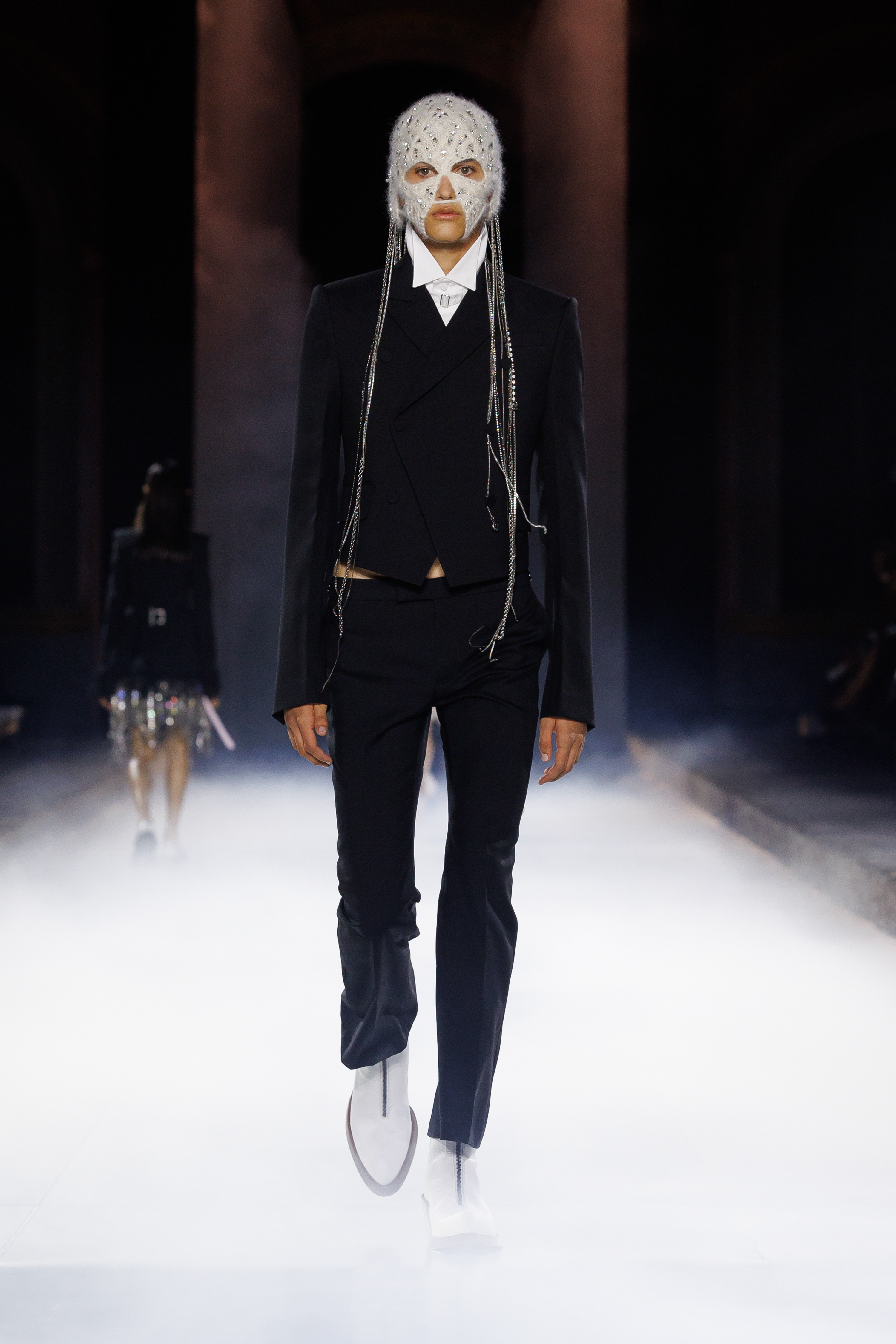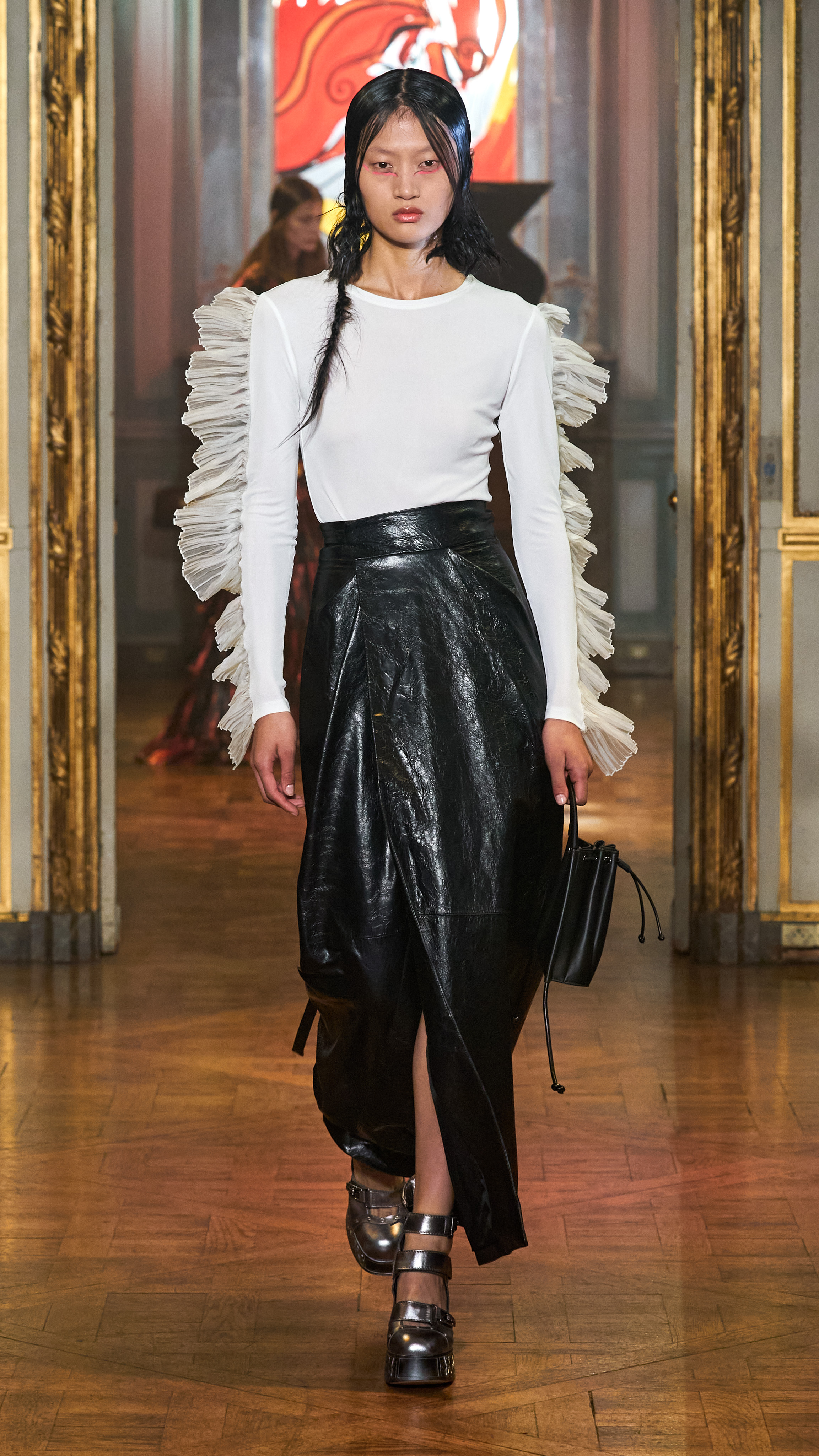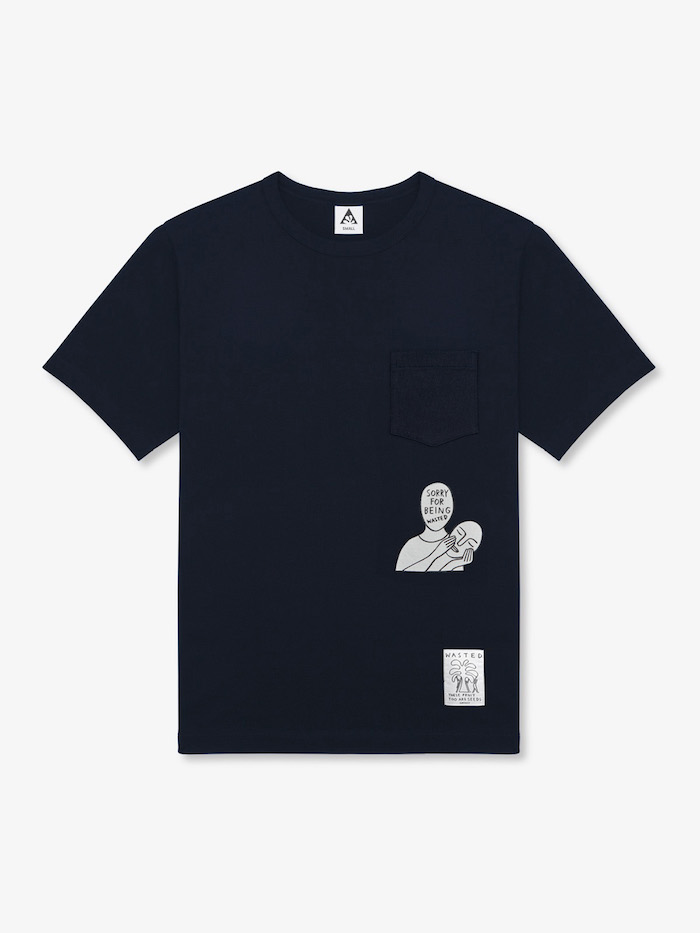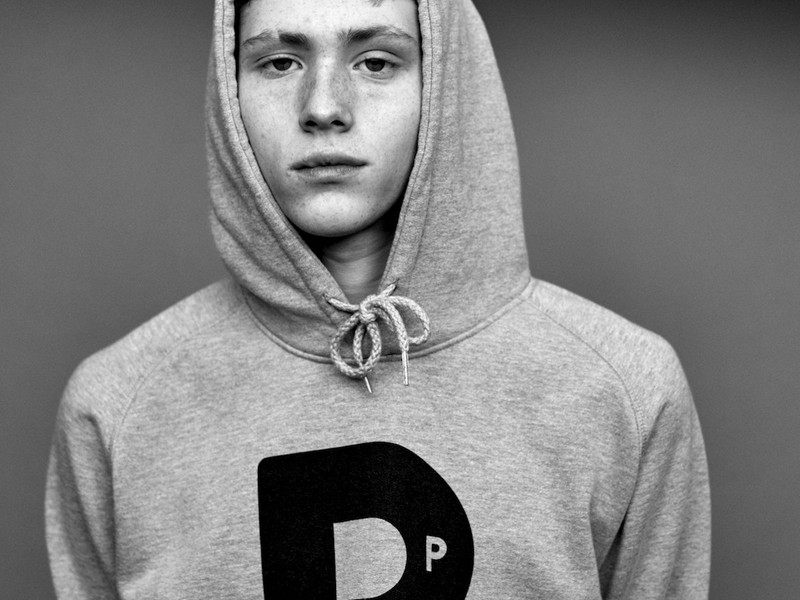When I did some background research on the brand, that was one of my favorite parts of Wasted Collective — that consideration for the planet and the transparency of production methods, pretty much from beginning to end — which is really awesome because a lot of brands aren't doing that. I wanted to ask about you experimenting with new cleaner fibers; what are some examples of the other sustainable resources that you guys utilized in the collection?
I'm not going to claim to be the expert in sustainability. But what I've tried to do is look at brands or look at industry leaders who have done things in either capsules or as their entire brand and go, 'How can we learn from that?' I think a lot of people in this space always admire Patagonia and Yvon and what he's done. One of the things that I love about Patagonia is that, you know, there's recraft, there's re-use, and there's recycled materials. But the consideration is, if we're going to use recycled materials, like nylons and ripstop nylon, how do we make those so they last a long time? So what we wanted to do is make sure that if we were going to use a recycled material, that the quality of it was very elevated. We've always been in love with the Japanese way of make. So our recycled product is in two spaces, in Los Angeles and Japan. The Japan pieces [are] centered around the idea of recycled cotton, recycled nylon, and then a very old practice called washi cotton, and the water treatment is amazing. It's actually not harmful for the environment, the way that they grow and pull bark and kind of weave it into fiber, which goes into their washi cotton. We're also working with a really great partner in Los Angeles, working on tees and fleeces that are all around 50/50 — 50% better cotton initiative, 50%, recycled cotton, and the quality of it has to hold up. We don't want to sacrifice the fun aspects of fashion, but we know we have to do better. So we think about how we can look to brands or look to solutions that are better for the environment.
Why is it important to you and to Ronald that sustainability is an integral part of Wasted Collective?
I think it's fundamentally at the foundation of a lot of what we've done and what we've been doing. So whether it was Ron at Potato Head, and how he's built up the notion of sustainability through his hospitality work, or me and my background at Nike of always pushing to have sustainable materials. Whenever we were designing, it was like, 'It's the right thing to do.' When it came together, we were like, 'The world doesn't need another apparel brand.' It just doesn't. But we thought, as a small brand, we could be that brand that maybe a bigger brand looks at and goes, "If they're doing it, we can do it at a bigger scale.' And that's what has been really cool about working in the sustainability space. It's different from the performance innovation space, you know, with big athletic brands, everything is filled with NDAs. In the sustainability space, everything is open and everybody wants to learn from each other. Nobody's trying to keep the better practices a secret because that's not going to help anyone. If a big company with their huge supply chains and everything can actually learn from that, I think we grow. So that was a big piece for us — thinking about how we can inspire people. If we have a really good practice, we should share it.
Something else that I really liked about this collection was the inclusivity aspect. What influenced the decision to make all of it gender neutral?
For me, the last positions I held when I was at Nike were around skateboarding, and when we built the skateboarding line, it was always about inclusivity. We didn't look at it as a guy or a girl skateboarder. We looked at it as a skateboarder. When I would talk to Ron about that, he was like, 'I totally agree.' It doesn't matter if you're male or female, or however you identify yourself instead. Hopefully, we're able to offer things that anybody can buy into. So that's really how we started. And it's really hard. It's easy to say you're going to do it, but it's really hard because fits are different and sizing is different. But it's one of those things, that as a small brand, we can take on. And we're not saying that it's perfect, but it's kind of our own approach to it. We have two different fit models. We try and size things, which is the opposite of what you should do in the fashion industry. Typically, you know, you size it against one fit model and then you scale it. Sampling things in two sizes at every round, it's going to cost a little bit more, but hopefully, it allows for better fits and more people to buy into the brand — which is our goal.


